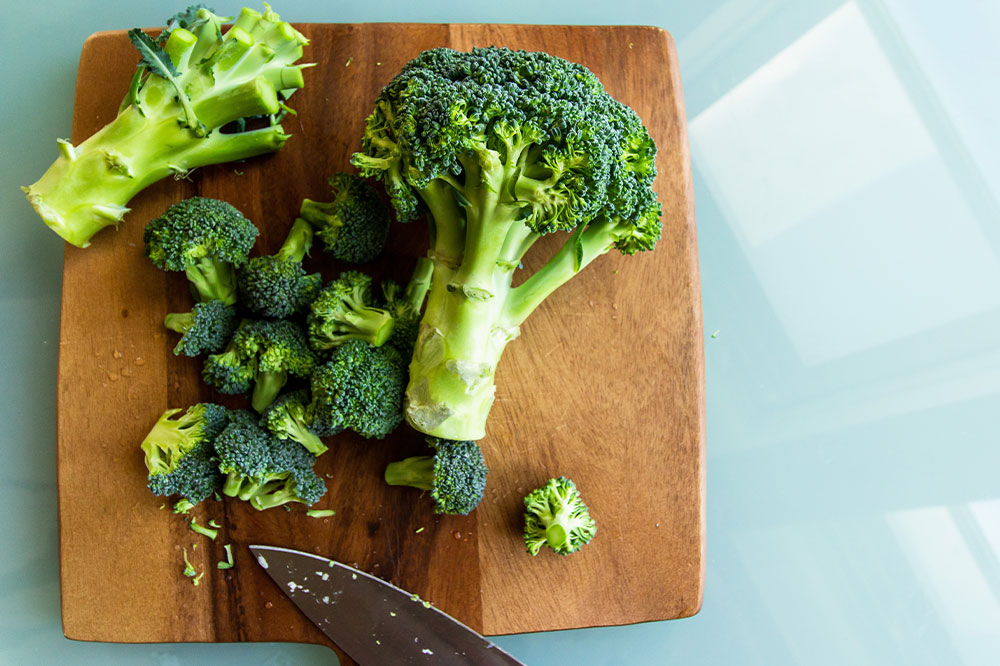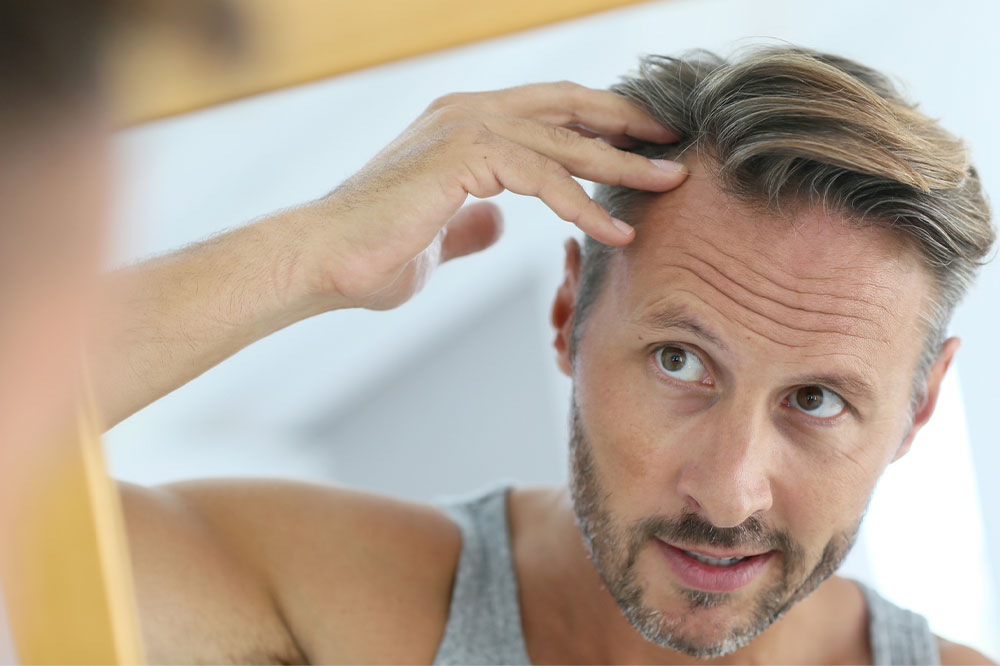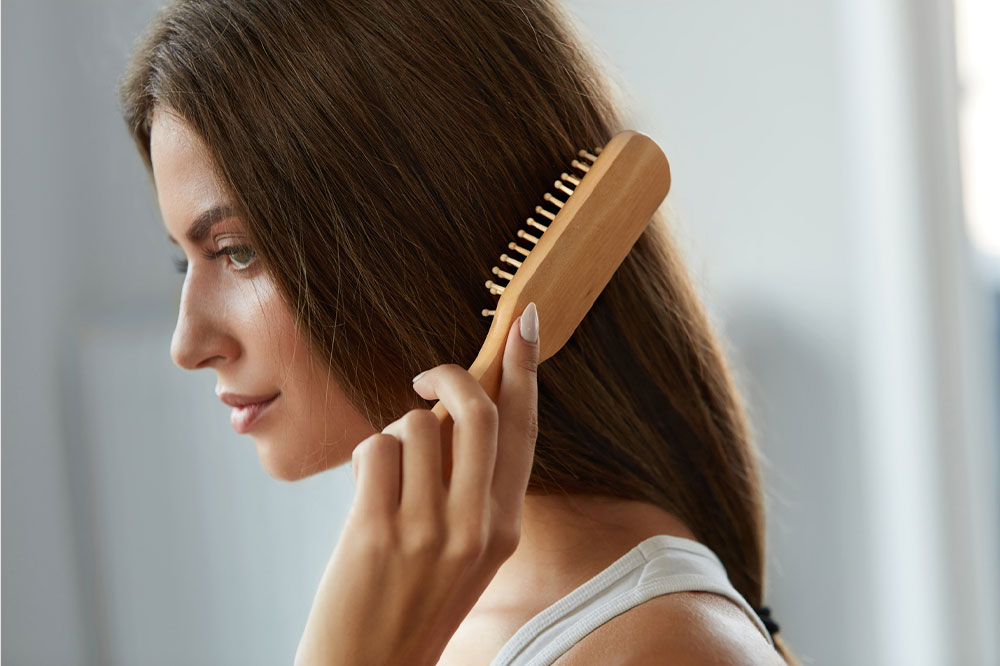4 effective ways to manage hair loss

Alopecia, or in colloquial terms, hair loss, is a condition impacting over 80 million people in the country. Several causes of hair loss may include genetics, excessive stress, hormonal fluctuations caused by menopause or pregnancy, harmful haircare like bleaching or perms, chemotherapy, fungal infections, thyroid disease, and many more. Even though not all types of hair loss (like cicatricial alopecia) are reversible, here are some key ways to manage them.
Consult a health professional without delay
Shedding 100 strands per day is expected in humans. With new strands replacing the older ones, the loss of previous strands hardly makes any difference. However, receding lines or thinning regions can be observed on the scalp when little or no hair grows back to replace the lost strands. This is when the patient must consult a health professional to ascertain the cause of their hair loss and seek appropriate treatment.
To identify the exact cause of alopecia, the doctor may inquire about the patient’s genetic history, hair care routine, and food habits. Besides that, they may also conduct a physical examination along with tests like a pull test, blood test, light microscopy, and scalp biopsy.
Depending on the type of hair loss the patient suffers, the health professional will prescribe specific treatment plans comprising oral prescriptions and surgeries.







